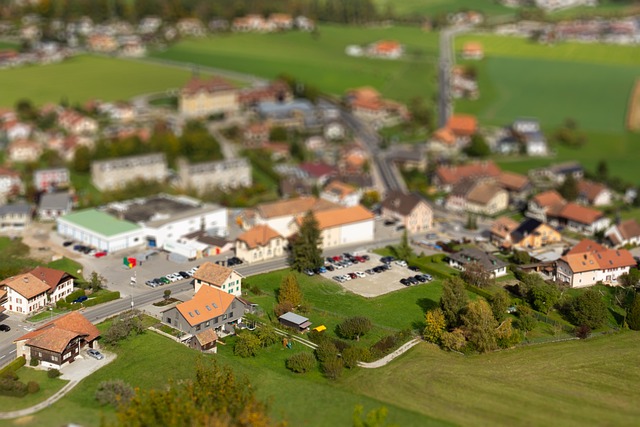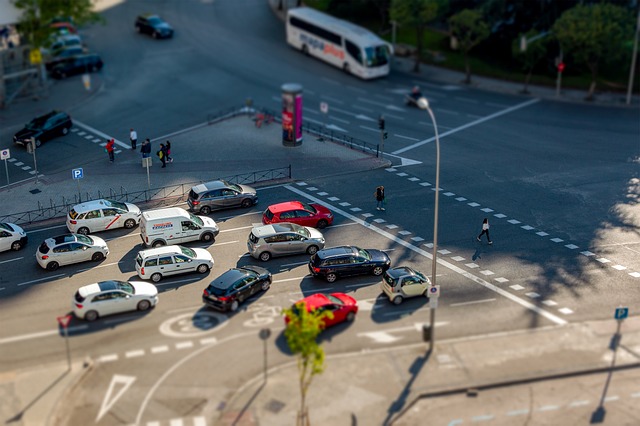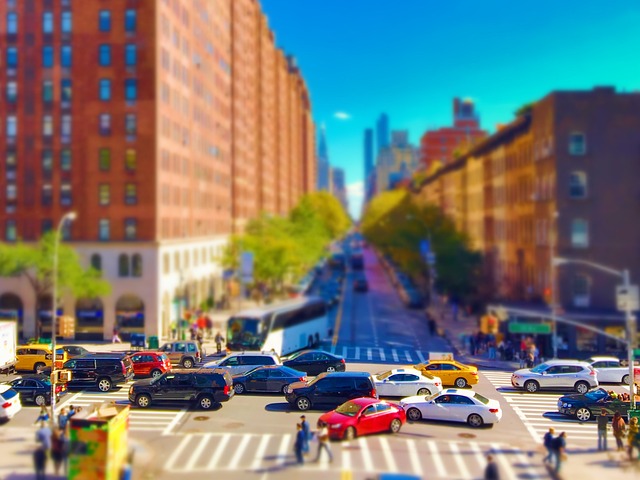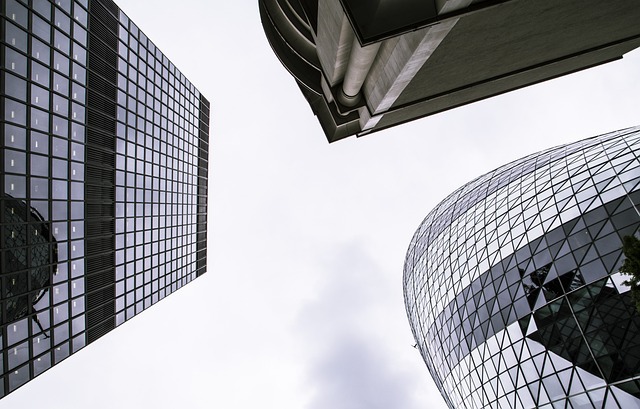Gentrification, marked by economic development and rising property values, significantly influences urban real estate markets, revitalizing neighborhoods but potentially displacing long-time residents due to higher costs. While it offers benefits like improved infrastructure, balancing its impacts is crucial for policymakers and developers aiming to promote sustainable urban growth that preserves cultural heritage and prevents inequality. Strategies such as affordable housing options, partnerships with developers, local real estate education, and community land trusts can mitigate negative effects, ensuring a more equitable transition during gentrification and fostering diverse, vibrant communities in the real estate market.
Gentrification is a powerful force reshaping urban real estate markets, driving property values upwards at an alarming rate. This phenomenon, characterized by the influx of affluent residents and the renovation of aging neighborhoods, presents both opportunities and challenges for communities. In this article, we explore the multifaceted impact of gentrification on real estate, delving into its understanding, positive and negative consequences, and offering strategies for communities navigating these transformative changes.
Understanding Gentrification and Its Impact on Real Estate Markets

Gentrification, a process where urban areas experience a surge in economic development and property values, significantly influences real estate markets. It often begins with an influx of affluent residents who drive up demand for housing, leading to increased prices and quick appreciation rates. This dynamic can transform once-neglected neighborhoods into desirable locales, attracting businesses and further investment.
In the context of real estate, gentrification presents a complex scenario. While it enhances the area’s appeal and livability, it may also displace long-time residents due to higher living costs. The rapid changes can create a delicate balance, where property owners benefit from rising values but local communities face potential displacement. Understanding these impacts is crucial for policymakers and developers aiming to foster sustainable urban growth that benefits all stakeholders in the real estate market.
The Positive and Negative Effects of Rapid Property Value Increases

While rapid property value increases brought about by gentrification can be a boon for real estate investors and homeowners, it also presents significant challenges. As areas undergo gentrification, long-time residents often face higher living costs due to rising rents and home prices. This displacement threatens diverse communities and can lead to the loss of cultural heritage tied to historically marginalized neighborhoods. On the other hand, increased property values contribute to local government revenues, enabling investments in public infrastructure and amenities that benefit all residents. A delicate balance is necessary to ensure gentrification’s positive impacts are realized without exacerbating existing inequalities.
Strategies for Communities Affected by Gentrification in Real Estate

When communities experience gentrification, long-time residents often face challenges as property values rise rapidly. This can make it difficult for them to afford to stay in their homes. To mitigate these effects, community organizations and local governments can implement several strategies. One approach is to provide affordable housing options by partnering with developers to create mixed-income neighborhoods. This ensures that the original residents can remain, fostering a diverse and vibrant community.
Additionally, real estate education programs can empower locals to navigate the changing market. Workshops on property valuation, rental rights, and buying strategies can help residents understand their options. Community land trusts are another effective tool; these non-profit organizations hold land for long-term use, preventing speculative development and preserving affordable housing. By employing these tactics, communities can embrace gentrification while minimizing its negative impacts, ensuring a more equitable transition for all stakeholders in the real estate market.






